Church of San Pietro
2023
In the historic center of Agnone, there is this medieval church, the oldest in the town. It is very simple, with a stone ashlar façade divided by three frames, with a Renaissance portal and a large window above. At the rear is the medieval bell tower. The interior, seen briefly through an iron grate, has a single nave. It preserves altars, including two beautifully crafted wooden altars, statues of saints and frescoes: a beautiful and well-kept ensemble.
You may also like
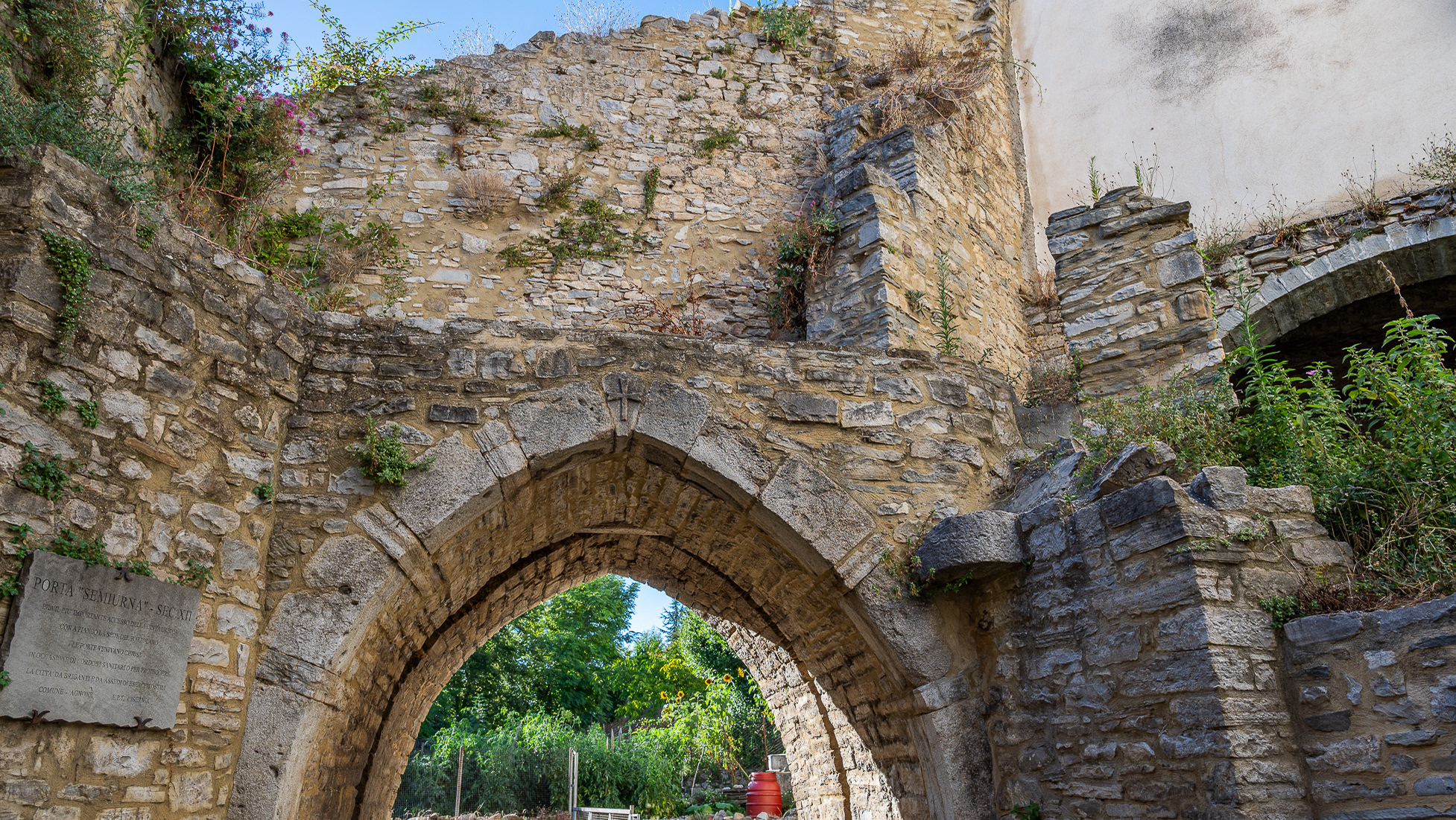
2023
Porta Semiurna
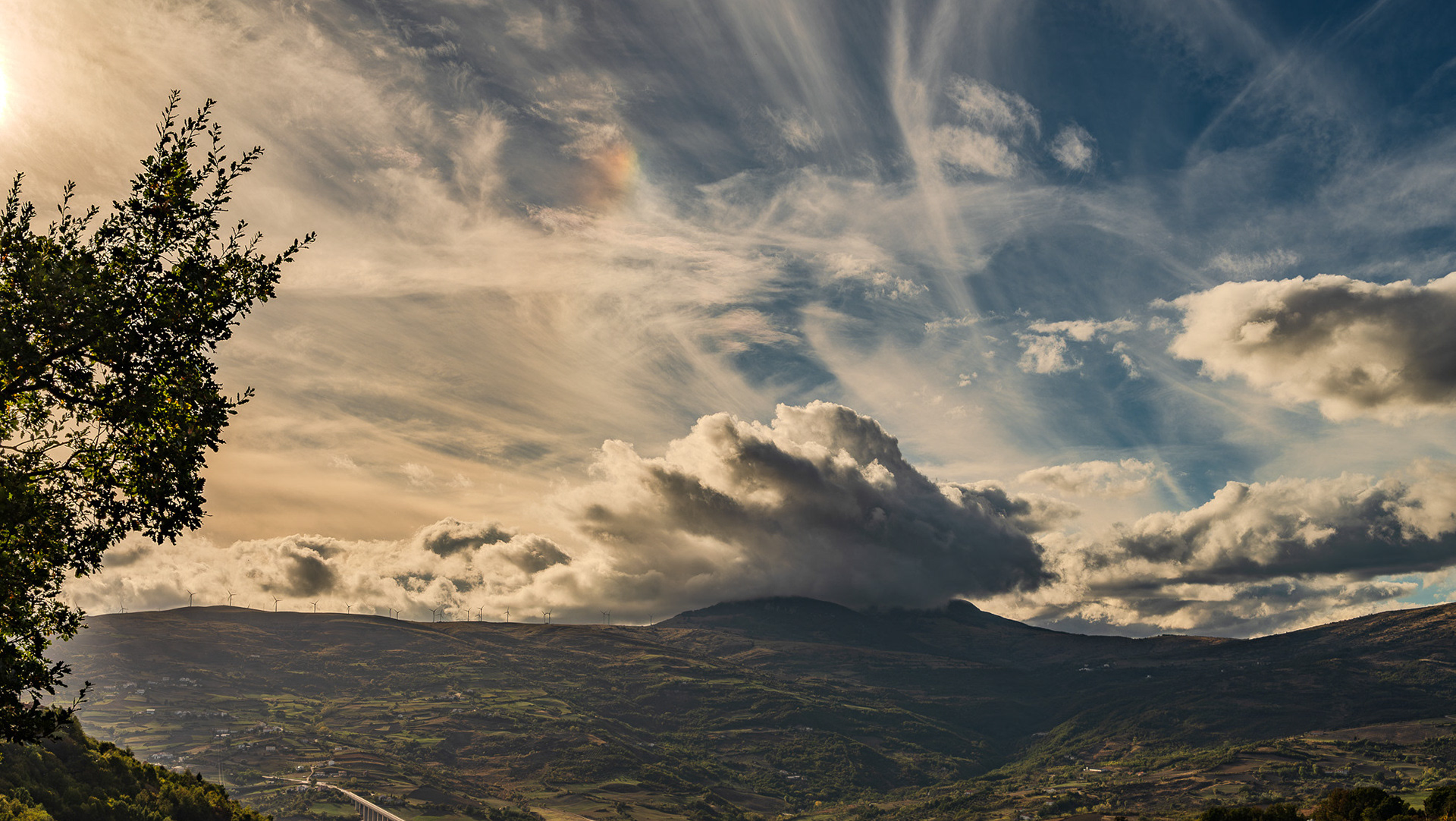
2023
Autumn landscape #3
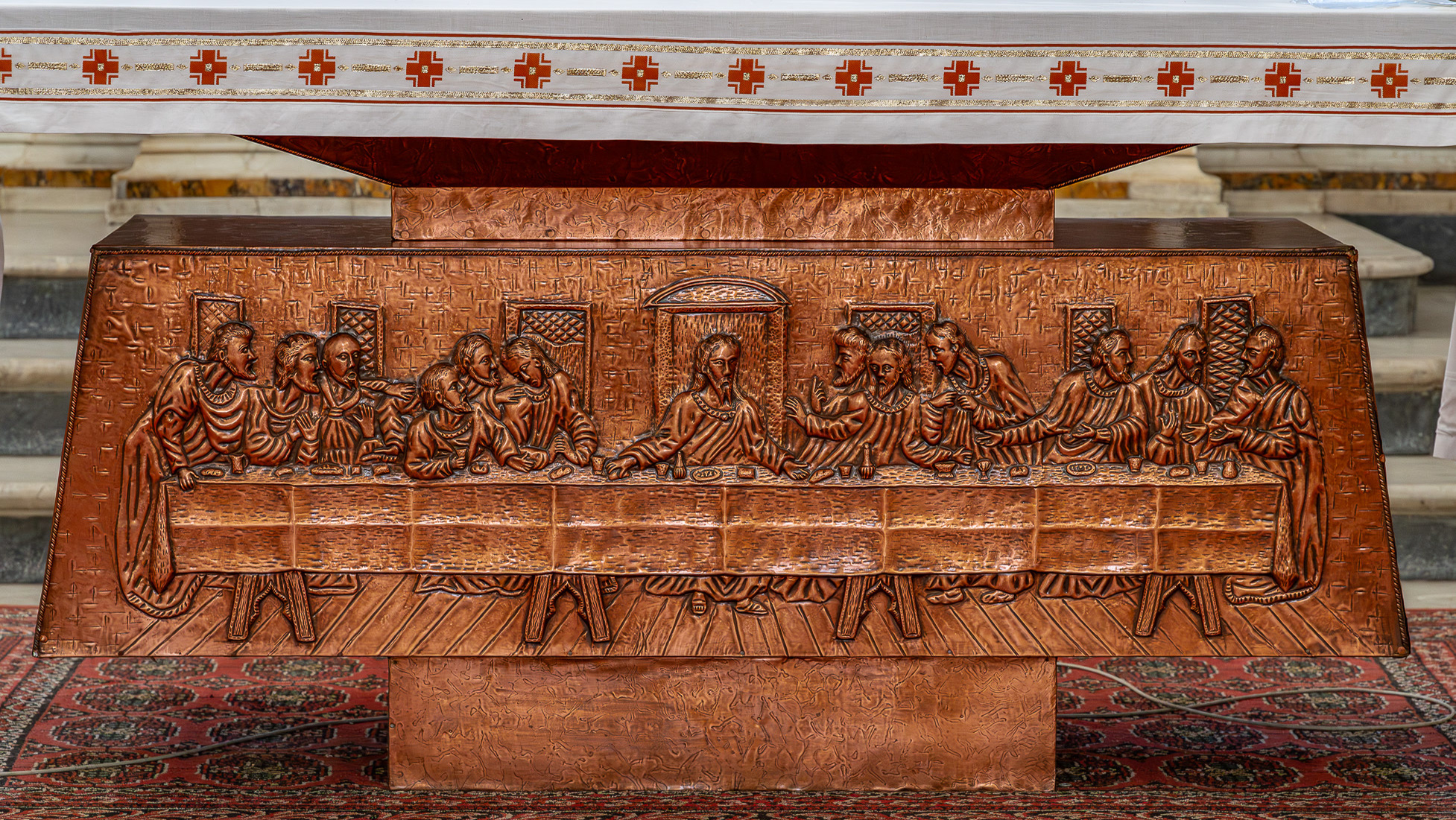
2023
Church of San Francesco
The church of San Francesco is considered a national monument. Dating back to the 14th century, it has a characteristic Gothic portal surmounted by a fascinating rose window. Worth highlighting is the superb drum dome and the original bell tower (with the final part in wrought iron). Inside the church, with decorations by Ambrosio Piazza, there are very rich altars and frescoes by Paolo Gamba from Molise. Adjacent to the church of San Francesco is the former convent of the Conventual Fathers, with a cloister (on whose walls there are frescoes representing the life of San Francesco), home to the municipal library and the permanent exhibition of ancient books with very rare volumes, including including an ancient copy of Plato's Opera Omnia, dating back to the 16th century.
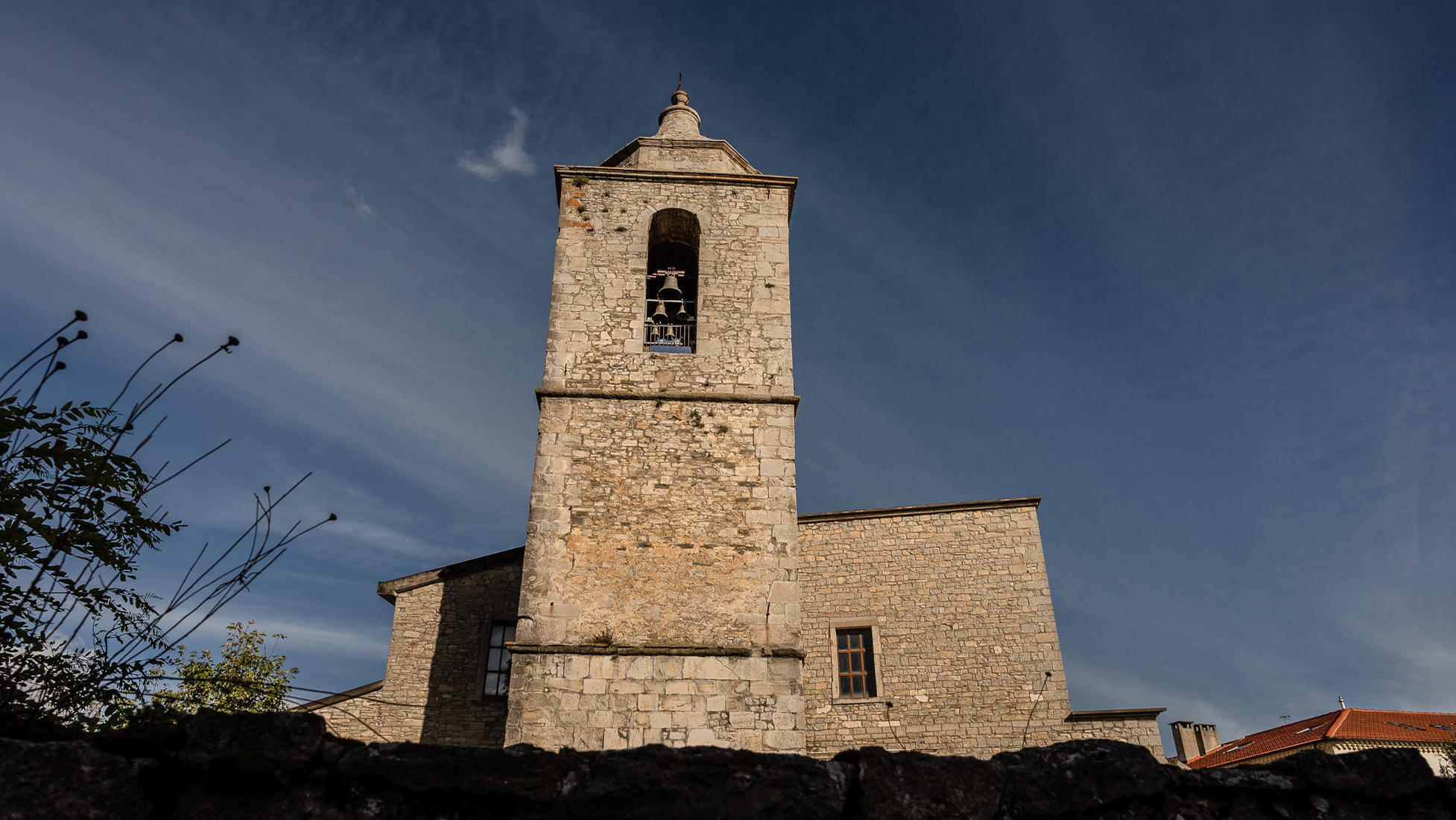
2023
Mother Church of San Marco Evangelista #2
On the medieval cardo outside the city there is a lookout transformed into a public park. Next door is the church of San Marco Evangelista. The original Romanesque construction dates back to the 11th century and is connected to the re-foundation of the town which took place under the rule of the Borrello family, linked to the Republic of Venice. The original building was in fact built by Venetians called by Landolfo Borrello. The lack of a semicircular apse and the presence of the bell tower on the bare façade suggest an inversion in the direction of the main axis during construction. The plan is irregular and the nave is single and has no transept, while there are side chapels. A series of contributions from subsequent periods are evident: Venetian Gothic arches precede the main altar, while the portal is Renaissance and the ceiling is polychrome coffered, in Venetian Baroque style. The wooden altars are also Baroque, while other furnishings range from various eras. For example, a valuable statue of the Madonna and Child is from the 13th-14th century while a statue of Saint Nicholas is by the eighteenth-century sculptor Giovannitti. The building was restored by the regional superintendence of fine arts.
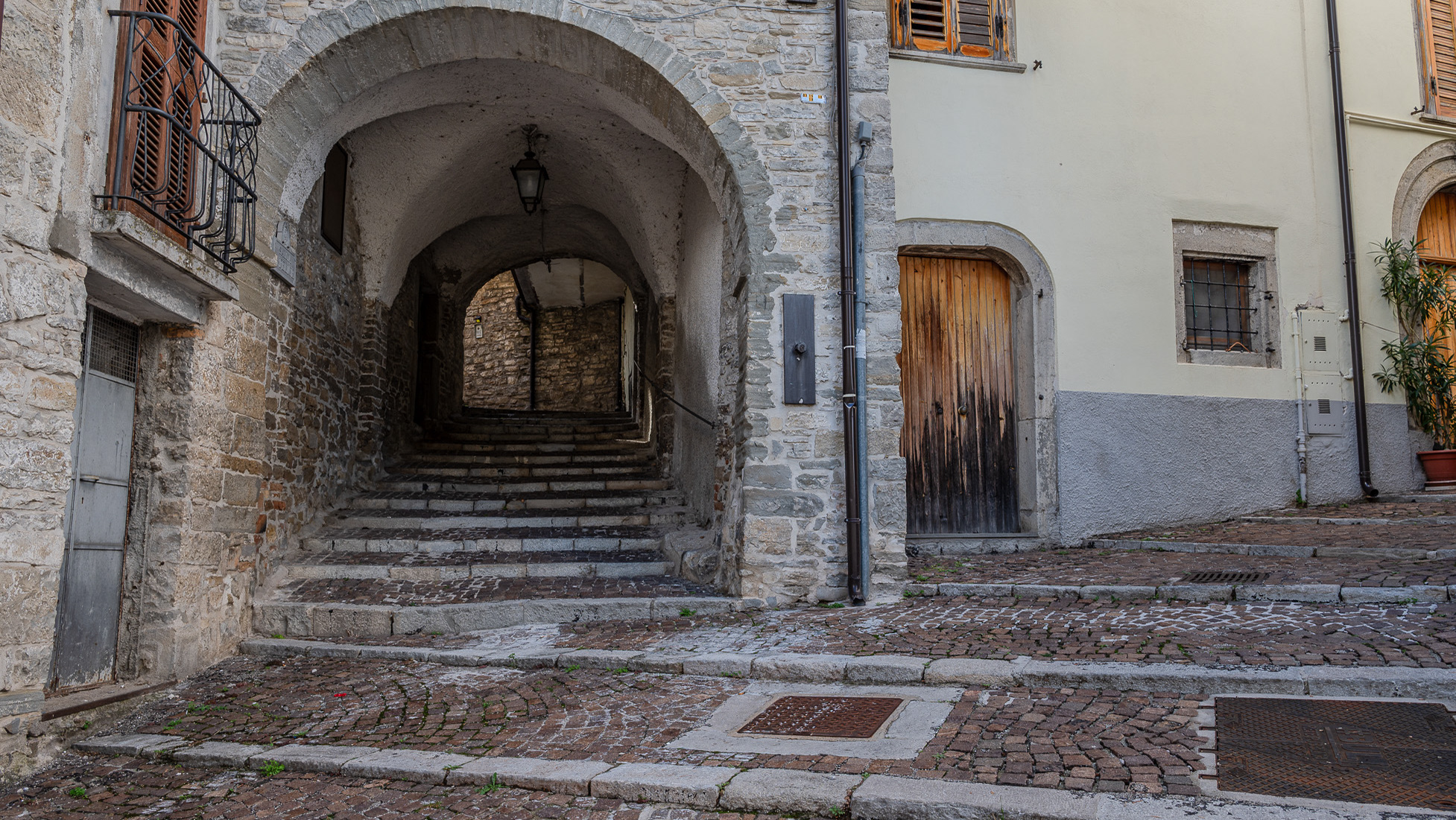
2023
Glimpses of the historic center

2023
Church of St. Emidio
The church of Sant'Emidio dates back to the 14th century, with a Gothic portal, and houses art masterpieces by Giulio Monteverde, Giacomo Colombo, Giovanni and Amalia Dupré. Characteristic are the life-size wooden statues of the 12 apostles, attributed to the Neapolitan school of 1650. Adjacent to the church we find the Emidiana library, rich in ancient texts from the 11th century. The church has a rectangular plan, retaining a gabled façade with a fourteenth-century portal and an oculus rose window. The portal has splays and twisted or chiseled columns with vegetal motifs, and they curve to form a pointed arch, set in a gabled gable. Near the lunette there is the relief of the mystical Lamb carrying the cross, and above the façade the statue of Emidio blessing, who with one hand holds the model of the city of Agnone shaken by an earthquake, that of 1096, which destroyed the primitive church, which is why in the following centuries a new reconstruction was carried out. The bell tower is a simple tower adorned with a recently restored red pyramidal spire. The interior has two naves, with large Durazzesque arches, one covered by a coffered ceiling, and the other by simple medieval wooden trusses, and is the oldest, corresponding to the portal. The baroque nave on the right preserves the paintings of the Nativity, the Holy Family, the Flight into Egypt, and Christ among the Doctors of the Church.
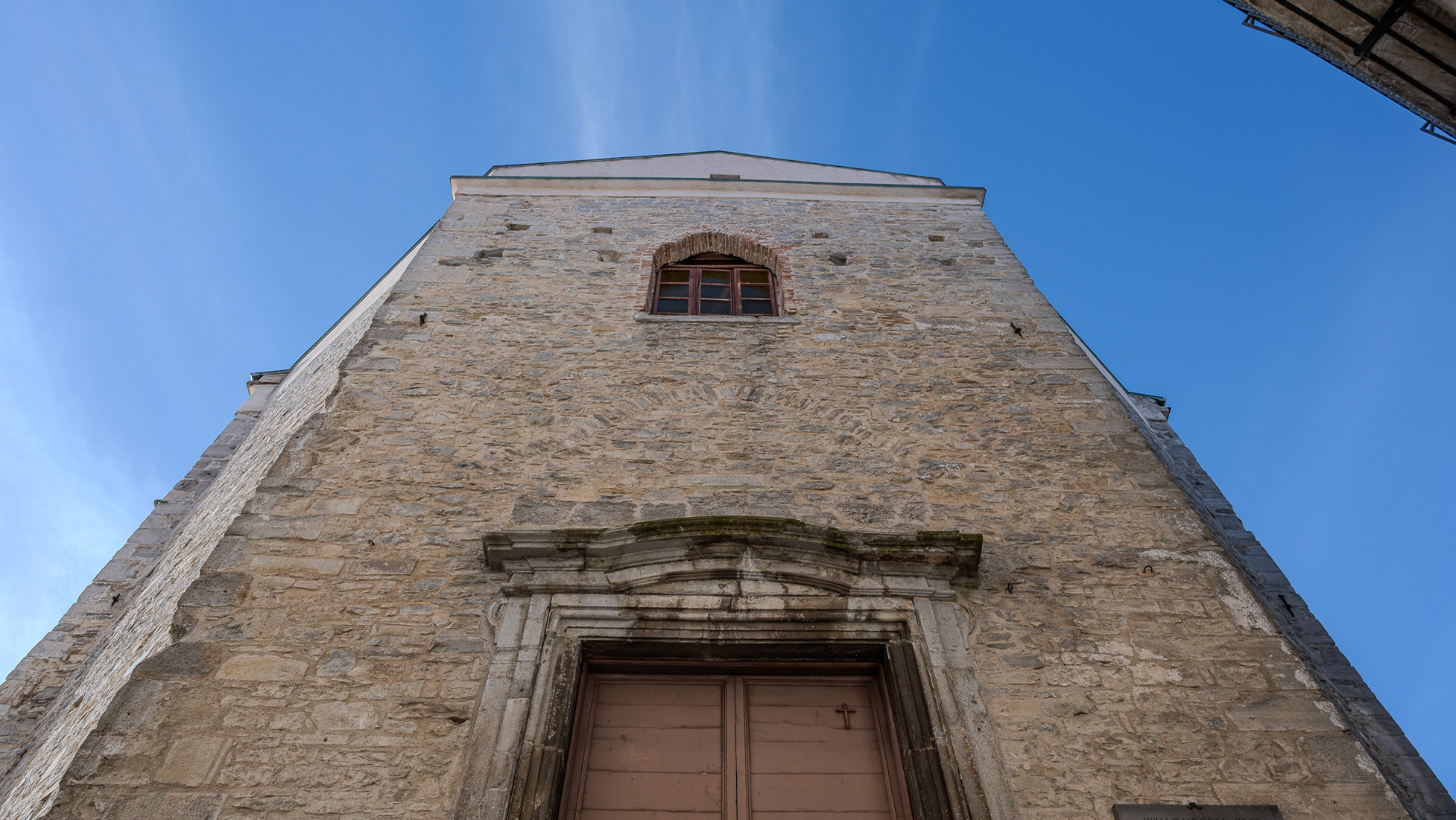
2023
Church of San Nicola
10th century building, as revealed by a document from Montecassino, although today it has an 18th century appearance. A document from 1083, a donation from the Count of Sangro Gualtiero Borrello, contains the name of the prior of the church at the time, a certain Giovanni, who was a priest, Benedictine monk and "hermit", that is, a hermit living in the hermitage of Capo del Verrino. The façade is simple, in stone ashlars, with a portal decorated with a tiara with the keys of Saint Peter, with a Latin inscription above. The bell tower is a tower with a spire adorned with green and yellow tiles. The interior has a single nave, made up of two carved wooden altars, plus the main one near the presbytery. The division into side chapels shows fake columns alternating with arches, characterized by gilded Ionic capitals. Furthermore, near the presbytery there is a dome, decorated with frescoes of the four evangelists near the columns that support it.
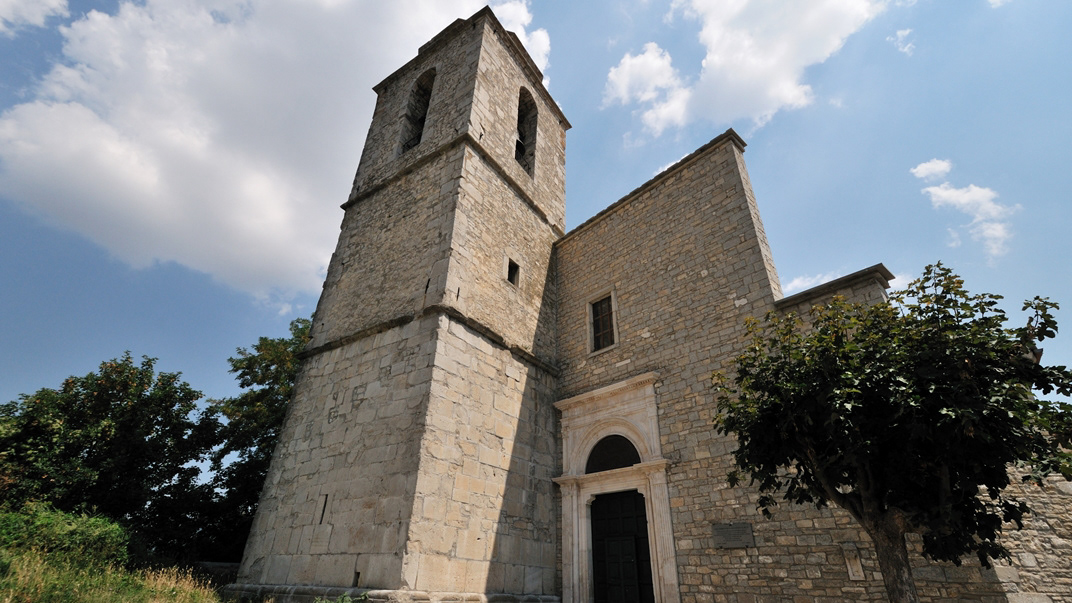
2015
Miscellanea
Agnone (Agnèune in dialetto locale) è un comune italiano di 4 957 abitanti della provincia di Isernia in Molise. Fino al 1811, per circa 600 anni, Agnone e il suo circondario sono sempre stati parte integrante del Giustizierato d'Abruzzo e dell'Abruzzo Citra, nel distretto di Lanciano. Antica città sannita, è sede del più antico stabilimento al mondo per la fabbricazione delle campane (Pontificia fonderia di campane Marinelli), fondato intorno all'anno 1000 e tra i pochi che possano fregiarsi dell'onore di utilizzare per i propri prodotti lo stemma pontificio. Agnone è una cittadina di circa 5000 abitanti ubicata nell'Alto Molise. Si trova a 830 m di altitudine sul livello del mare, circondato da un paesaggio montuoso rivestito da boschi e praterie.
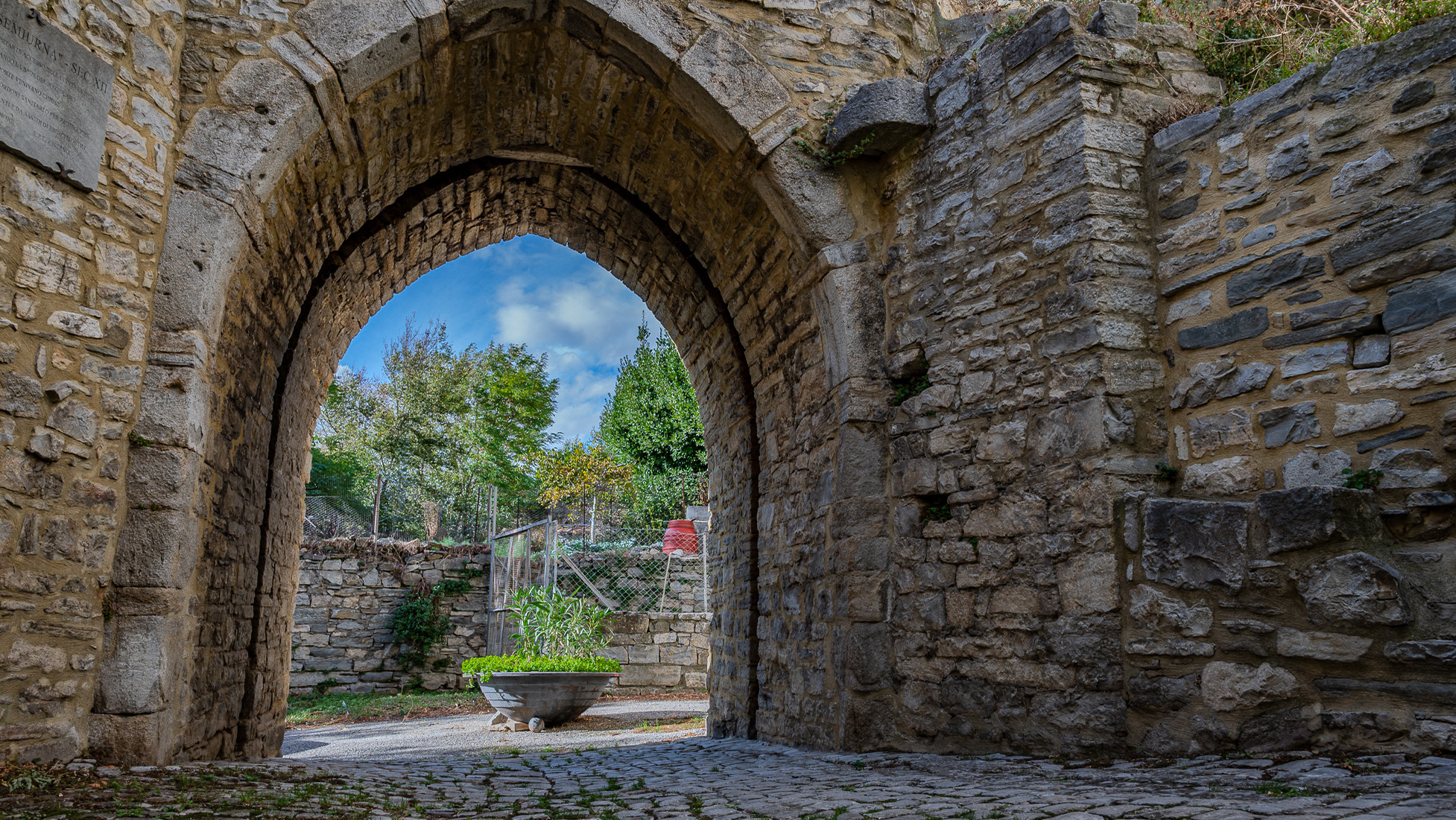
2023
Porta Semiurna #2
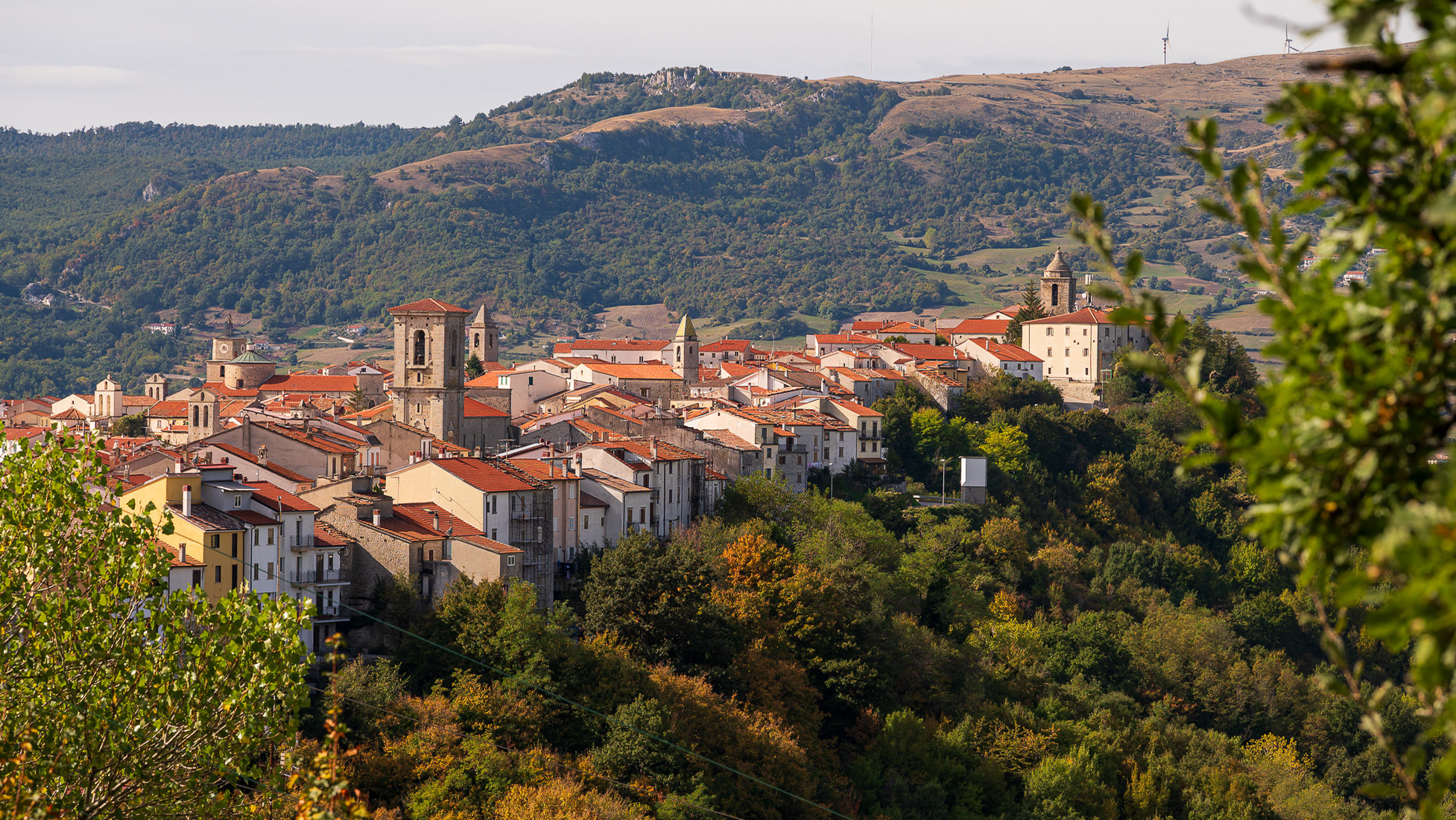
2023
Autumn landscape
